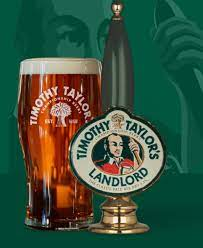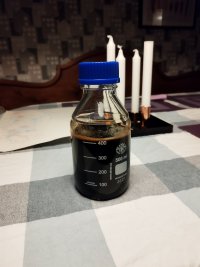Colindo
Well-Known Member
I was actually hesitating at that sentence for that very reason but then thought with the way it is used in this thread I could get away with it. Apparently not ;-)Well you shouldn't be classifying anything as an ESB if you want to be British about things, it's a brand not a category...
Thanks for the descriptions about all the other ales. Some crass outliers had escaped my memory, even though I have seen both HSD and Harvey's Old Ale in shops before. I think parts of your statement can be summarised by "Don't look at the names that are on the labels", since these mess up any classifications more than they help.
By the way, "Spezial" in Germany has an equal amount of regional variation, meaning quite different things in different parts of the country.
Beers like these used to be served in third-pint glasses. Hope that was the same here.I'm looking for the reflection of the fearless fellow who baught himself a pint of a 10% abv brew down there in the Thomas Sykes glass.







